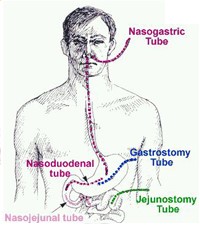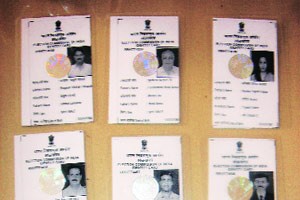 The Narendra Modi government has apparently decided to play safe and not risk a politically sensitive decision by reducing interest rates on small savings.
The Narendra Modi government has apparently decided to play safe and not risk a politically sensitive decision by reducing interest rates on small savings.
On Monday, the government left the rates unchanged for the July to September 2016 quarter from what they were for the previous quarter. This marks a stark contrast to March quarter when the government slashed the rates on all small savings schemes, such as public provident fund, Kisan Vikas Patra and time deposits of various maturities.
“Given the furore over the rate cut in March, the government may not want to alienate the middle class before the assembly elections in 2017,” the Economic Times had quoted a mutual fund manager as saying.
You can read the entire story here. (https://www.ibtimes.co.in/govt-leaves-interest-rates-small-savings-unchanged-683565 )
 For elders with bladder weakness, a simpler, cleaner, easier-to-use urine system is on the way.
For elders with bladder weakness, a simpler, cleaner, easier-to-use urine system is on the way. The ministry released the notification dated March 18 about the fund, which will be utilised for schemes for the promotion of the welfare of senior citizens in line with the National Policy on Older Persons and the National Policy on Senior Citizens.
The ministry released the notification dated March 18 about the fund, which will be utilised for schemes for the promotion of the welfare of senior citizens in line with the National Policy on Older Persons and the National Policy on Senior Citizens.



 CHENNAI: Confined to an old age home is no handicap for exercising one’s democratic right in the election. Not any more. Senior citizens at the YWCA who were hitherto unable to vote were delighted on Tuesday, thanks to the District Election Officer (DEO), who distributed voters ID for around 35 inmates.
CHENNAI: Confined to an old age home is no handicap for exercising one’s democratic right in the election. Not any more. Senior citizens at the YWCA who were hitherto unable to vote were delighted on Tuesday, thanks to the District Election Officer (DEO), who distributed voters ID for around 35 inmates.